

As you might have guessed from the name, Futurlab’s slick sci-fi actioner is a game primarily about moving very quickly. Sure, it has plenty more verbs in its vocabulary – you’ll also leap, slide, throw, shoot and teleport – but its defining characteristic is speed. You’ll earn stripes and stars for your emblem at the end of each stage by blasting everything that moves and collecting everything that doesn’t, but that shield won’t sparkle gold unless you beat the par times. Fittingly, it’s only when it loses its own momentum that it falters, and a potential classic infuriatingly winds up as merely a very, very good game.
Let’s ease up on the grumbles for now, though (a temptation with any game that falls agonisingly short of brilliance) because there’s much to love here. Velocity 2X straddles two genres - top-down shooter and side-scrolling action-platformer - expertly. As Lieutenant Kai Tana, you’ll zip around in a nippy little craft, blasting nasties and rescuing survivors by collecting large blue stasis pods.
Occasionally, the labyrinthine levels will require you to trigger numbered gates to deactivate energy barriers, and often that requires you to dock, whereupon Lt. Tana swiftly exits her ship to sprint, slide and leap around these intricate interiors. Here, she’s equipped with a palm cannon and a dash ability, both of which are powered by pink crystals that are in conveniently abundant supply inside.
The controls are gratifyingly responsive, the action fast and fluid and the strikingly angular art and crisp sound effects ensure it looks and sounds as good as it plays. The story, told in crisp comic-book panels, is fairly superfluous, but it’s not bad – and if you’d rather get on with the business of shooting stuff you can skip the whole thing.
In both modes, you can trigger a short-range teleport, allowing you to blink through walls and behind enemies. It’s perfectly calibrated when you’re inside the cockpit - hold the button, nudge the stick in the appropriate direction and release – though during the side-scrolling sections it’s a little trickier to master. Tana’s jump is reliable but leaves very little leeway when it comes to timing.
The absence of a health gauge or lives systems is a double-edged sword. On the one hand, dying is rarely much of a setback, with generous checkpoints and almost instantaneous restarts. Yet as a result there’s little sense of tension when you’re attempting a tricky section – unless you’re aiming for a gold badge on one of the longer levels. Seven minutes might not seem like a long time, but seven minutes without a single mistake is another thing entirely.
Once you know a stage inside out, it’s properly thrilling to whizz through at high speed, achieving a sense of flow that can be dazzling to witness: it feels great, but it looks even better. So it’s a pity Futurlab seems so keen to disrupt that rhythm. The more elaborate stages are fun to negotiate on a first attempt, but to speedrun? Not so much. Similarly, the introduction of a handheld teleportation device, which at times requires pixel-perfect throws to land in the right spot, kills the game’s momentum stone dead. Most players will be happy to repeat the first few stages until they beat the par time, but as stages grow ever more complex and drawn-out, silver and bronze will begin to suffice.
If Velocity 2X serves as a reminder that less sometimes really is more, for the most part it’s an absolute delight. Polished, smartly assembled and rarely short of ideas - one such concept is introduced just three levels before the end – it compensates for its few shortcomings with style, confidence, and explosive pace.

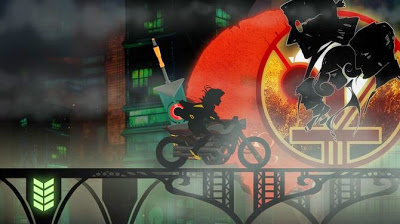
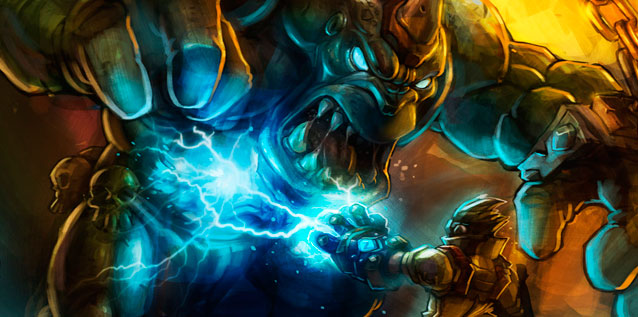
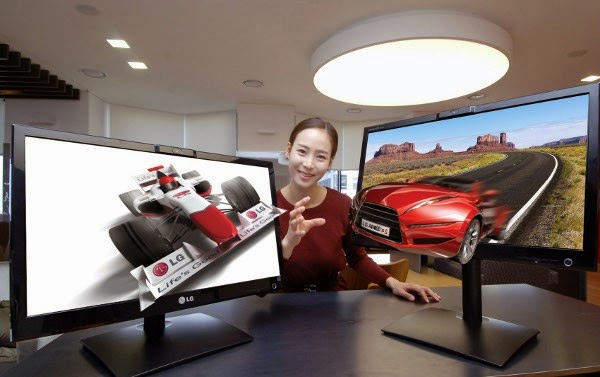
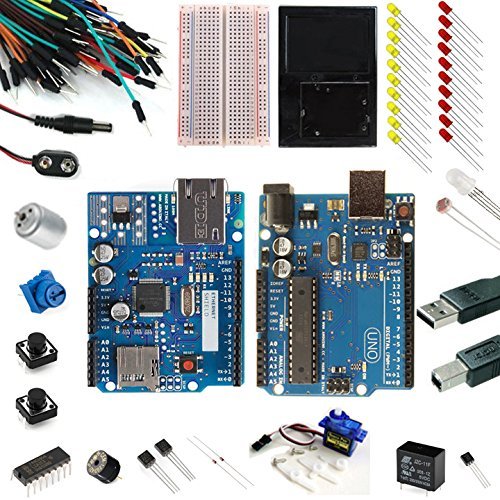 8 Gifts for the DIY Geek in Your Life
8 Gifts for the DIY Geek in Your Life How to fix Call of Duty Advanced Warfare PC Black Screen, Crashes, Freezing issues, Low FPS, DLL errors, Texture issues and more
How to fix Call of Duty Advanced Warfare PC Black Screen, Crashes, Freezing issues, Low FPS, DLL errors, Texture issues and more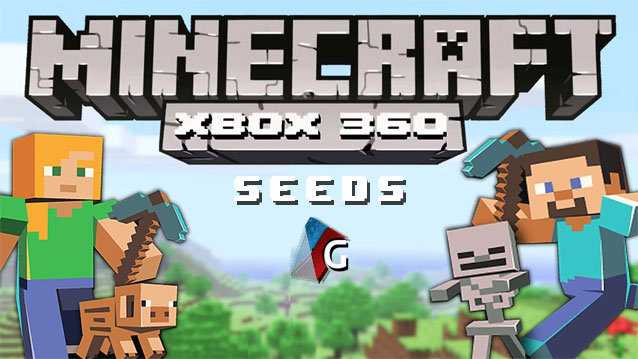 Best Minecraft Xbox 360 Seeds
Best Minecraft Xbox 360 Seeds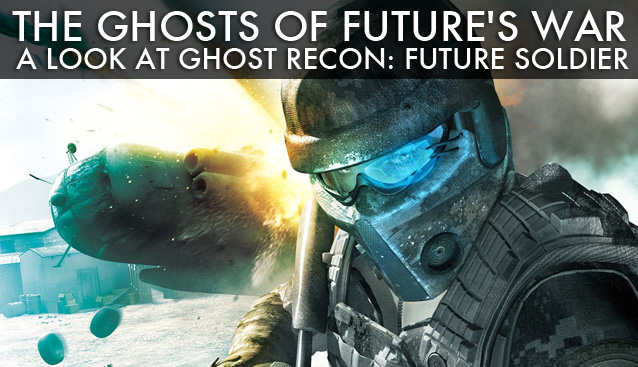 The Ghosts of Futures War: A Look at Ghost Recon Future Soldier
The Ghosts of Futures War: A Look at Ghost Recon Future Soldier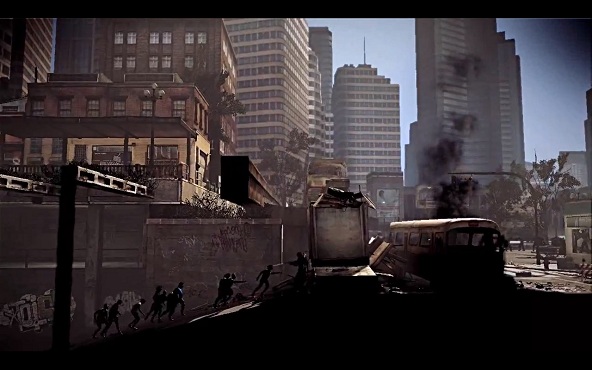 Deadlight Walkthrough
Deadlight Walkthrough